Tool created in partnership with UCLA Anderson School of Management
By Dave Werstine –
With 260 corps community centers and numerous other units and adult rehabilitation centers over 13 states in the Western Territory alone, The Salvation Army’s operations are complex. And with so much autonomy on the local level, strategic planning can be limited and the results a bit underserving.
Through a partnership with UCLA Anderson School of Management, The Salvation Army produced a five-year strategic planning template and companion field guide—tools corps leaders can use as a standardized reference point and, more importantly, to obtain and track data to better serve their unique communities.
“Our approach is, generally, to help local leadership realize the benefits of certain actions and encourage them to voluntarily adopt the best practices identified. While we can always require local units to follow certain direction, we prefer them to be part of the process,” said Western Territorial Director of Strategic Initiatives Piers Fairclough. “We are very keen on our local units to closely examine their current programs and see how they could either be improved or replaced.
“We believe we can increase our impact by working differently, through process improvement, design improvement or strategic improvement. To do this, however, we need our local units to take the time to critically examine what they are doing and how they do it,” Fairclough said. “Because they are always so busy, we really wanted to provide them with helpful tools to carry out this strategic thinking process.”
The strategic planning template, hopefully, will do just that.
The template offers an outline of best practices but allows for the uniqueness of each corps and community. By simply filling out the template, local leadership can get a better grasp on where they are, where they want to go over the next five years and how to get there.
The field guide explains how the planning template works and standardizes language, so that everyone possesses a singular understanding.
Information obtained through the template is then turned into metrics—standards of measurement by which efficiency, performance, progress or quality of a plan can be assessed—that can be used by corps to make wiser, evidence-based decisions in helping meet ever-growing needs while staying on budget, building relationships with sponsors, donors and stakeholders, and remaining relevant and effectively managed.
“The more information we get, the better the decision-making,” said Western Territory Social Services Research Specialist Chris Doughty, who helped guide the production of the planning template. “Different units provide different services and we want to make sure services are what is needed in the community and are sustainable. The strategic planning template will help everybody.”
The planning template is expected to be implemented this fall, according to Doughty.
The Salvation Army was one of a handful of applicants accepted by UCLA Anderson School of Management into the 2018 Social Impact Fellows Program, which unites MBA students and the academic community with nonprofit organizations and social enterprises to help achieve greater social impact.
Over the course of the nine-week consulting engagement, which started in late January, a quartet of students provided strategic and operational guidance to The Salvation Army and helped create the planning template and field guide. The first step was to find out what The Salvation Army is all about.
For a reference point of what was trying to be achieved, students given tours of the Siemon Center and the L.A. Red Shield. They also sent out surveys to Southern California units to gain a better understanding of local challenges and create a baseline to work from.
“Speaking on behalf of the group, we really didn’t have any idea what The Salvation Army did,” said Frank Zhang, 29, a first-year student at UCLA Anderson School of Management. “It was eye opening to see the impact The Salvation Army has in the community.”
According to Doughty, The Salvation Army was pleased with the partnership with UCLA Anderson School of Management and will apply again, with the hopes of being chosen for the full six-month program, to continue working on strategic planning.

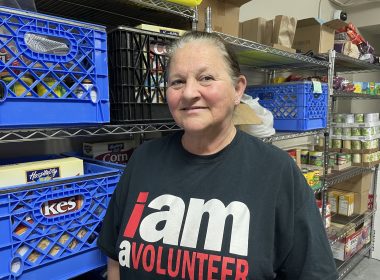
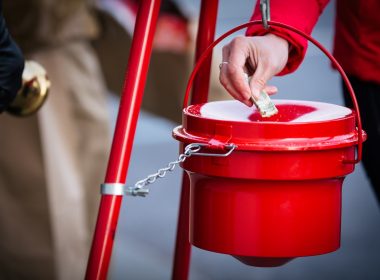

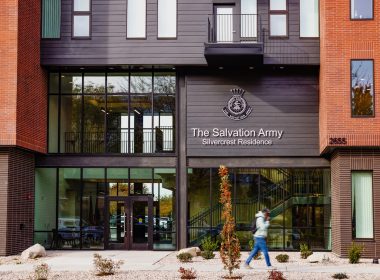


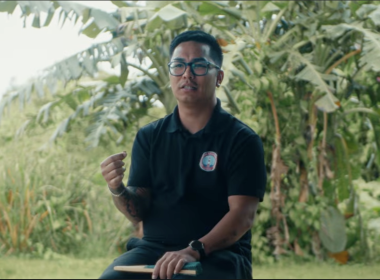
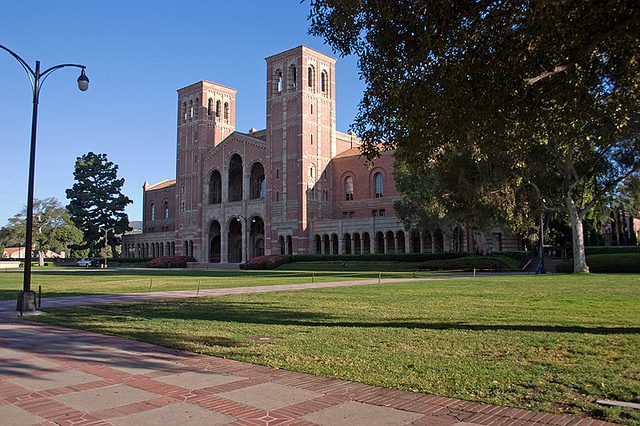



As a UCLA alum and a Salvation Army officer, I’m kinda proud to read about this! I hope that the students were also exposed to our motive, doing everything for the sake of Christ and his Kingdom.
As a UCLA alum and a Salvation Army officer, I’m kinda proud to read about this! I hope that the students were also exposed to our motive, doing everything for the sake of Christ and his Kingdom.